Precision Die Casting Parts and Assemblies
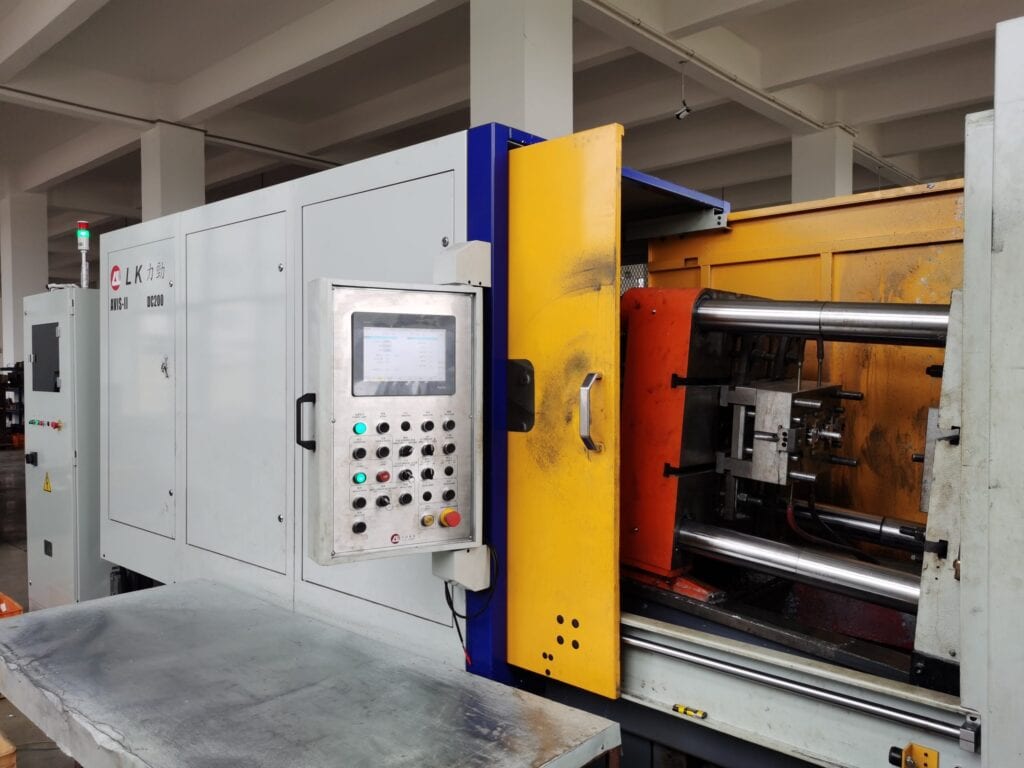
At Source International Precision Die Casting is a Core Competency
Why Precision Die Casting?
Precision Die Casting is the manufacturing process which pours or injects molten metals into molds made from steel, compressed sand, and other materials. This allows each part to be created with accuracy and repeatability.
Our ISO 9001 certified facilities focus on die casting parts used in medical, automotive, trucks, small engines, toys, meters, renewable energy, lighting and electrical, home appliance, machinery, furniture, industrial enclosures, and other products and component applications.
With decades of industrial parts manufacturing expertise, we’ll select the ideal die casting process for your application and explain the relative advantages of zinc vs aluminum metal alloy to help you achieve the desired outcome part properties, including it’s strength, heat and electrical conductivity, aesthetics, surface protection, corrosion resistance, and others.
Starting with your AutoCAD, IGES, PDF, or SolidWorks file, our expert team produces your custom parts with tight tolerances and that always meet your specifications. Regardless of the complexity of your design, we’ll find the best way to meet your needs in a timely, cost-effective manner.
A good overview of the precision die casting process can be found here.
Aluminum Die Casting
Aluminum alloys is our most common material for die cast parts. Aluminum die cast parts have a lot of advantages which allows us to create parts in high dimensional stability with complex part geometries, and in a very efficient way.
- Lightweight
- Good Corrosion resistance
- High thermal and electrical conductivity
Zinc Die Casting
Zinc alloys are a strong, durable and cost-effective material. They provide a very good combination of strength, toughness, rigidity and cast-ability with superior finishing capabilities.
Why use Source International for Precision Die Casting?
Die casting is an efficient, economical process offering a broader range of shapes and components than any other manufacturing technique. Parts have long service life and may be designed to complement the visual appeal of the surrounding part. Designers can gain a number of advantages and benefits by specifying die cast parts including high-speed production, close tolerances, dimensional accuracy and stability, strength, multiple finishing techniques and, simplified assembly procedures.
Advice on designing die castings is usually based upon desirable practices or situations to avoid and may affect the cost, appearance, and quality of the final part. Dies can be produced for simple and complex parts. Source factories use the latest technologies to ensure superior quality and low unit costs. Our state-of-the-art plant makes use of robotics and other automated processes that provide guaranteed consistency in the finished product.
Source handles all aspects of the die casting process from mold design and testing, to component manufacturing, finishing, and packaging. With decades of experience in die casting, Source is a leader in technology and skilled professionals to manufacture high quality die castings in the most cost-effective manner with on-time delivery and quality that will exceed your requirements.
Our high-performance systems are engineered for eco-friendly, low energy consumption with super-accurate repeatability within extremely tight tolerances. Contact our team today to check your precision part specifications against our capabilities.
AUTOMATION IS THE KEY TO EFFICIENT DIE CAST MANUFACTURING
Watch the video to see our robot in action!

Comparison of Die Casting with Other Manufacturing Processes
Die Casting versus Plastic Injection
Plastic injection molded parts are normally less strong, more flexible, less stable dimensionally, and less heat resistant. They take secondary surface plating such as chrome plating better and are less resistant to ultra-violet rays, weathering, and cracking. Plastics often have some price advantages though, better color versatility, and superior electrical insulating properties.
Die Casting versus Sand Casting
Sand Cast parts typically require more machining, have thicker walls, less precision dimensionally that die casted parts but they have lower tooling setup costs, are produced more rapidly and require more labor cost per casting often resulting in lower part costs and smaller minimum quantity requirements.
Die Casting versus Forging
Forged Parts are denser and stronger than die castings and can be produced in ferrous and other metals, and in larger sizes than die casting. Die cast parts, on the other hand, can be more complex shape and have shapes not forgeable, thinner sections, and can be held to closer dimensions and have coring not feasible in forging.
Die Casting versus Stampings
Stampings can be made in steel and in alloys not suitable for die casting, are produced more rapidly, and may weigh less than die castings. However, one die casting can often replace several parts. Die casted parts frequently require fewer assembly operations; can be held within closer dimensional limits, involve less waste in scrap, are producible in more complex shapes, and can be made in shapes not producible in stamped forms.
Finishing Processes
Vibration Tumbling is a finishing operation often required following the die casting of the parts. The purpose of the tumbling process is to remove burrs. Sand Blasting is also commonly used and Ultrasonic Cleaning is a common procedure for high-quality cleaning, utilizing ultrasonic energy to scrub the parts clean.
Talk With Our Supply Chain Experts
SCHEDULE A CALLSOURCE INTERNATIONAL OPTIMIZES SUPPLY CHAINS
Whatever your procurement needs may be, Source International provides commodity and supply management expertise to allow you the most globally competitive prices combined with the best quality (always on-spec) and an on-time delivery record unmatched in the industry.
Send us an email to find out how we can add value to your global supply chain to save you time and money while increasing overall efficiency and product quality.

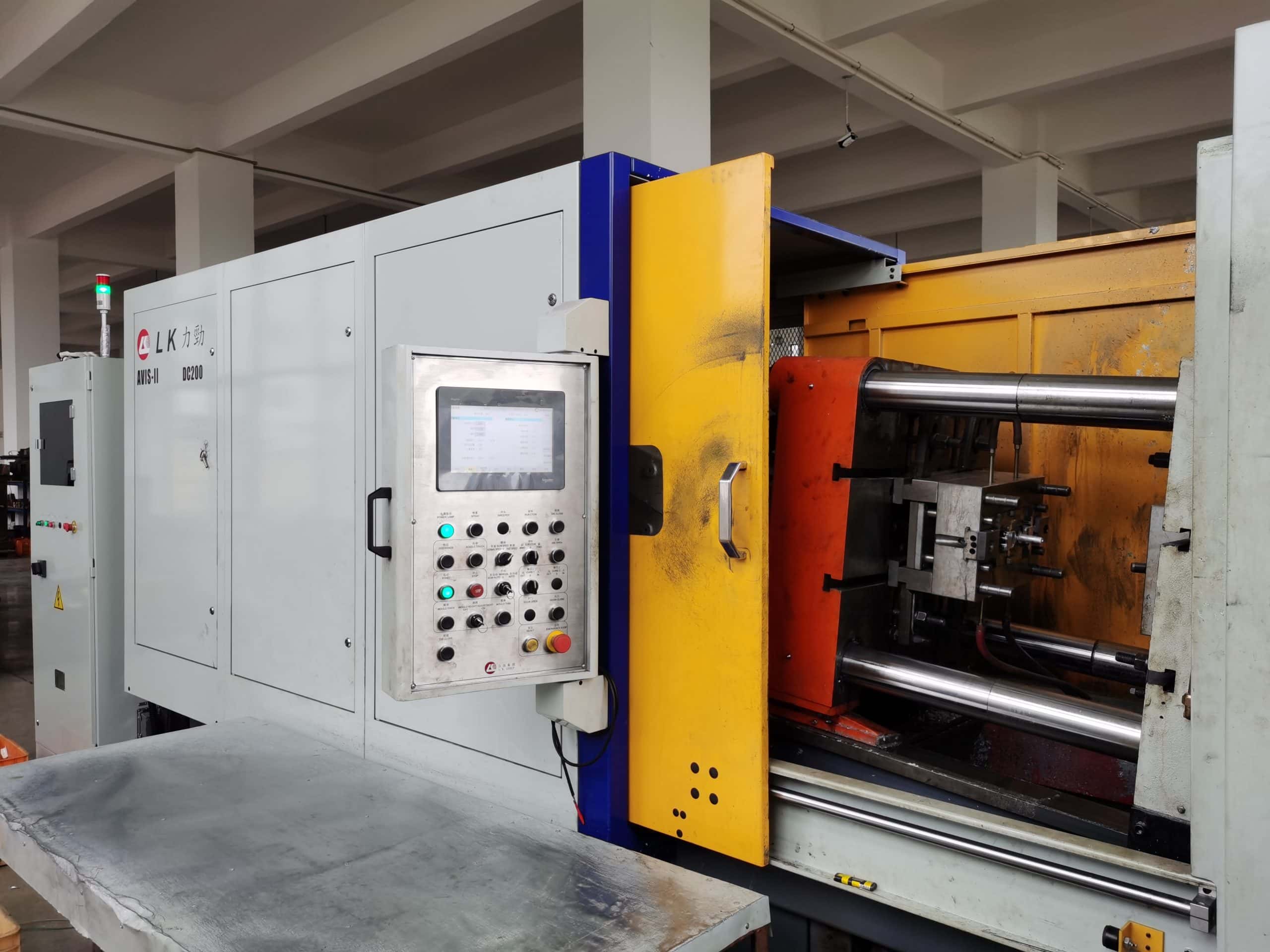 Zinc Injection Die Casting
Zinc Injection Die Casting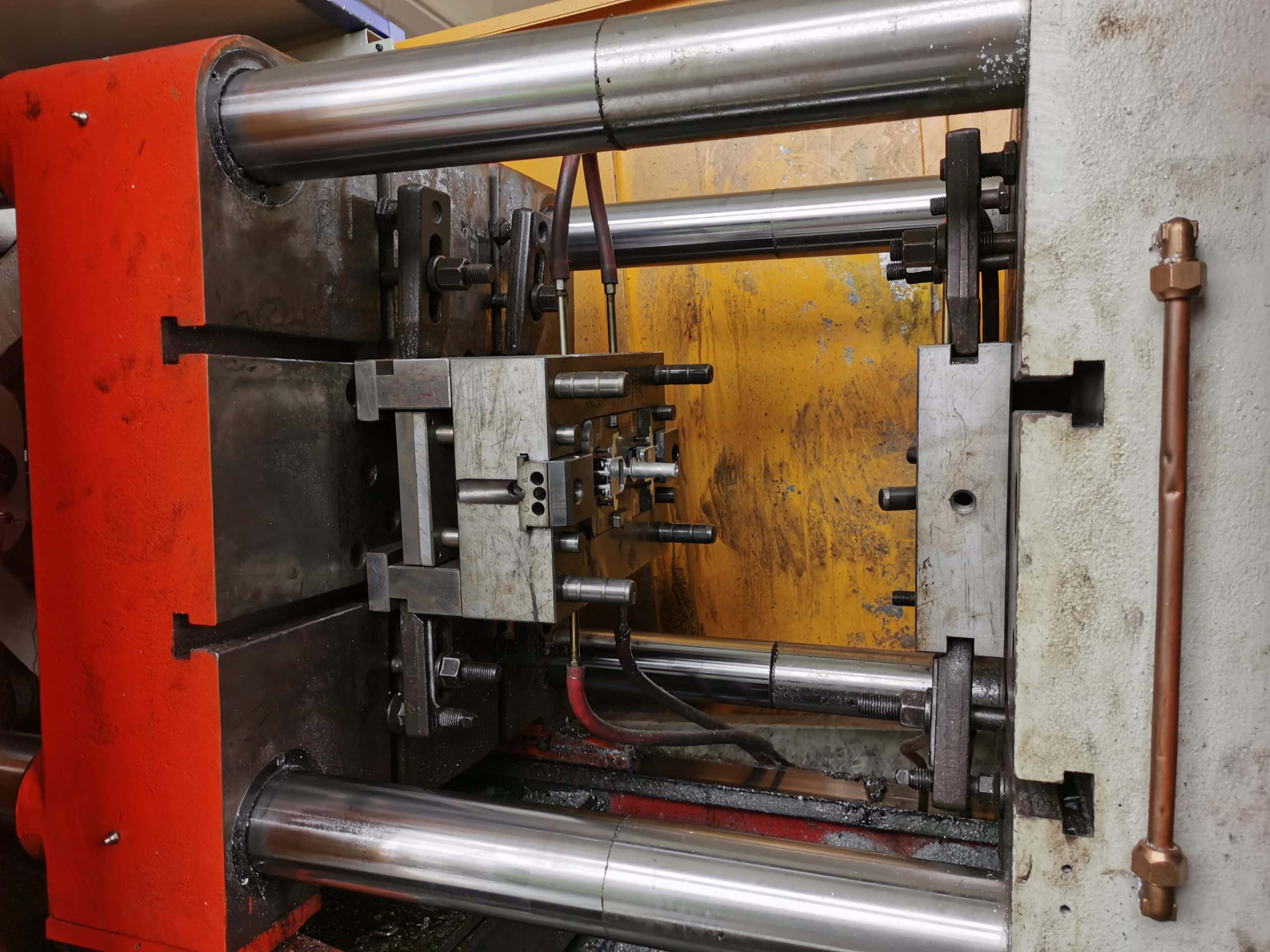 Zinc Injection Die Casting
Zinc Injection Die Casting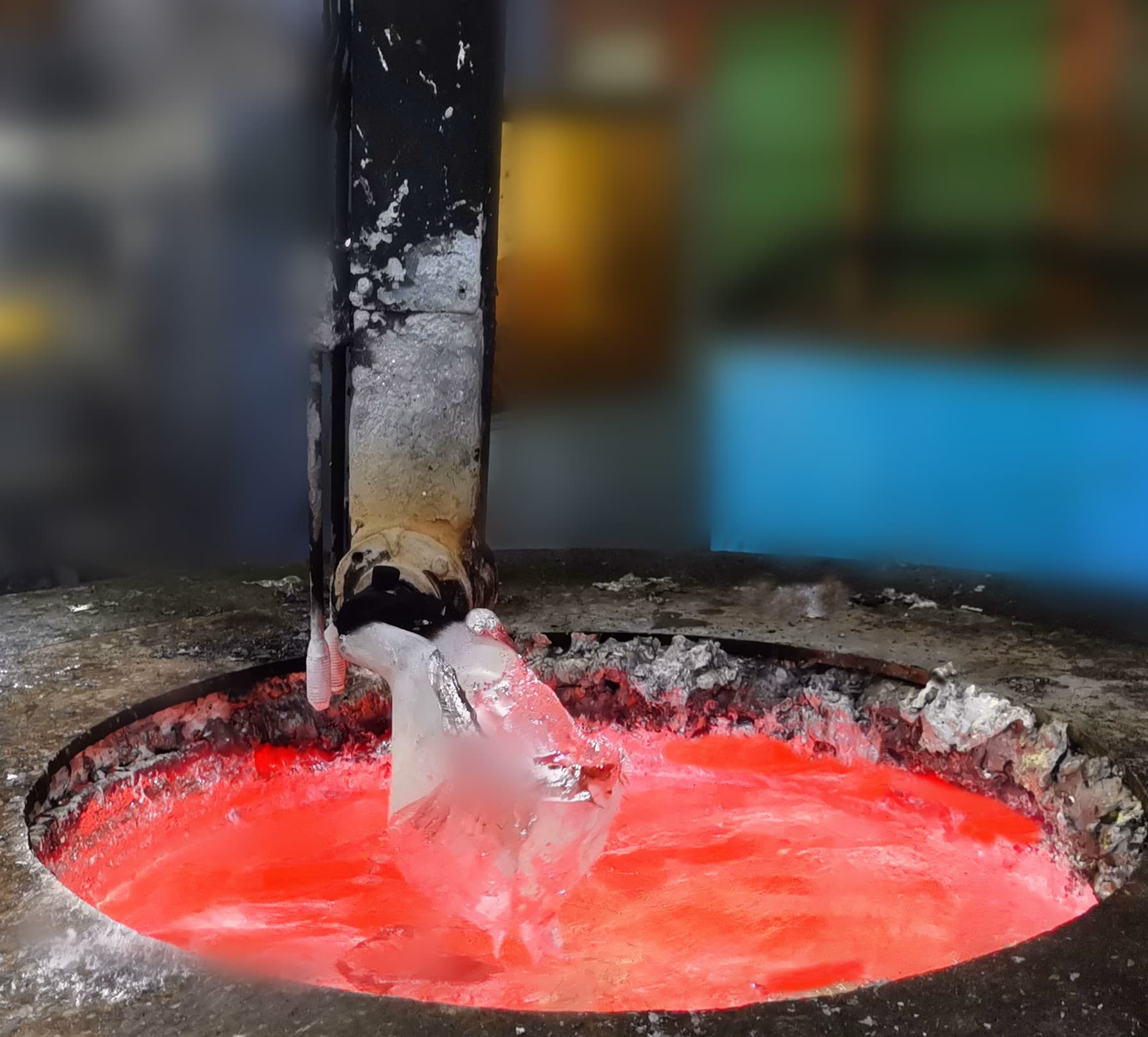
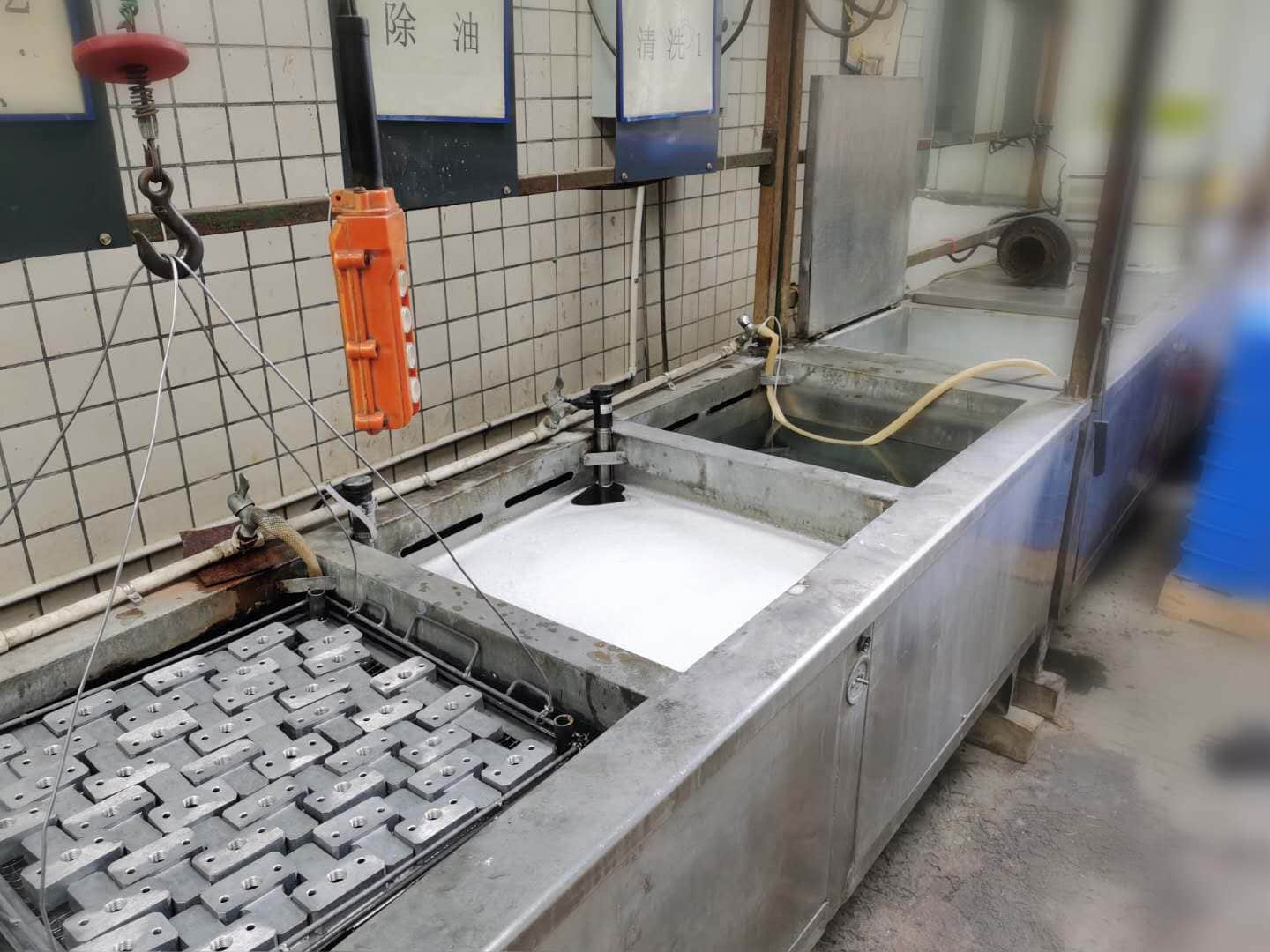 Ultrasonic Cleaning
Ultrasonic Cleaning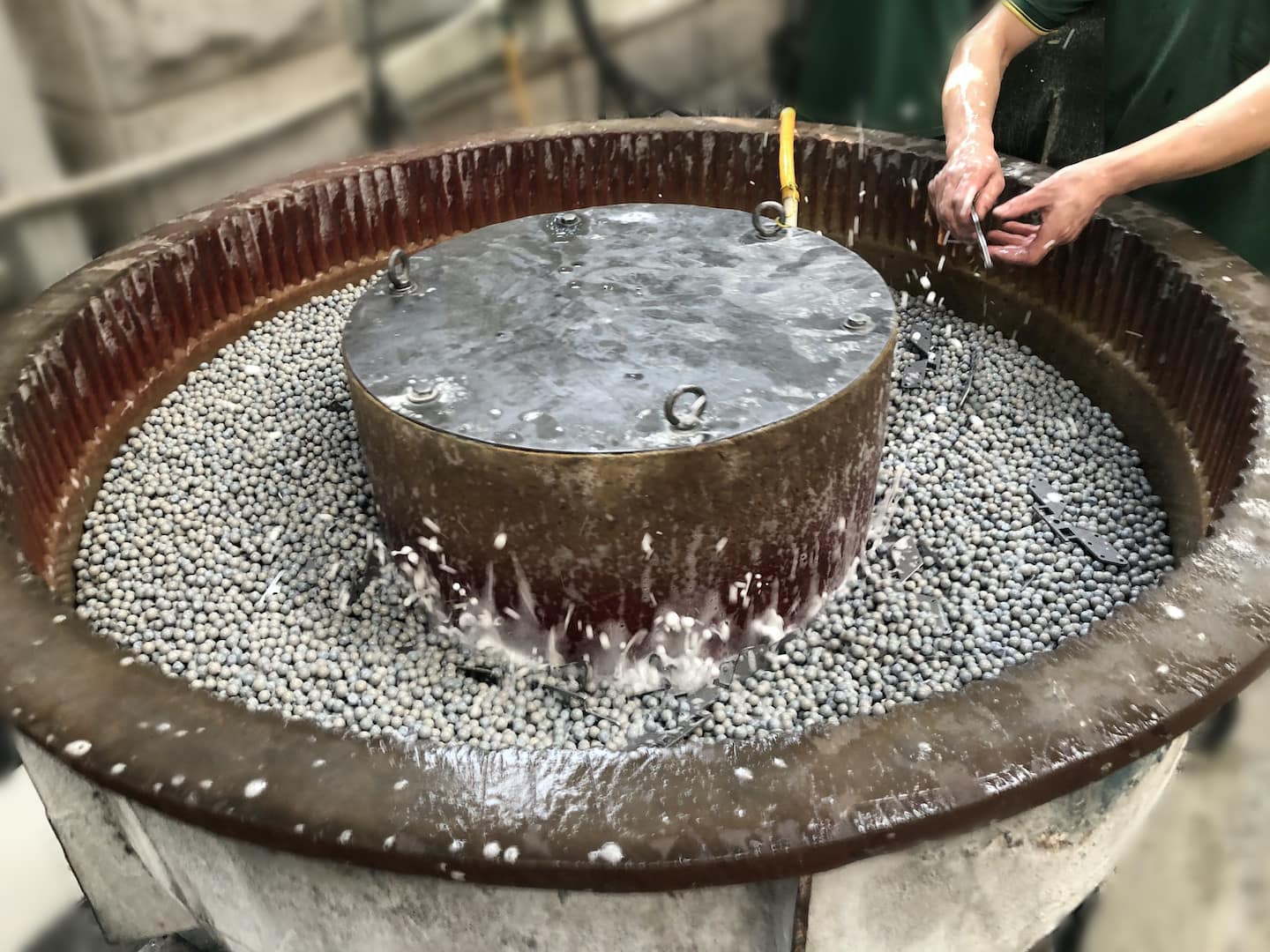 Vibration Tumbling
Vibration Tumbling